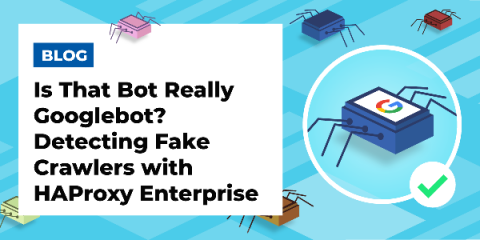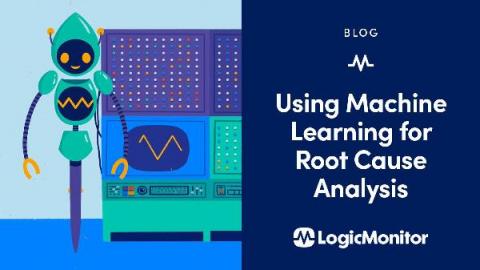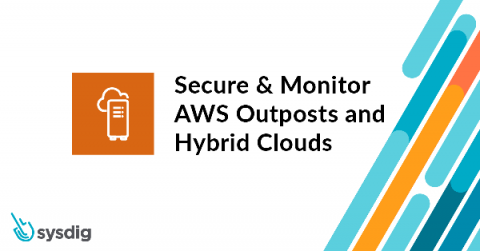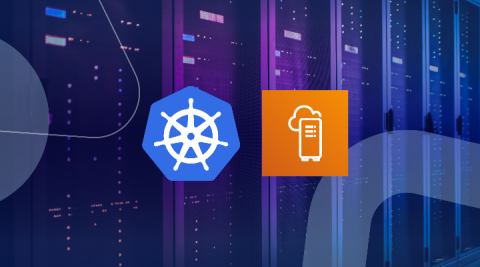TrackJS for Node
TrackJS error monitoring, on your servers. We’re thrilled to announce official support for Node environments and the 1.0.0 release of our Node agent. We’ve actually had Node since sometime last year, but we’re finally formalizing it as a first-class citizen and fully-supported part of TrackJS! Here are some of the cool things you can do with TrackJS for Node.











